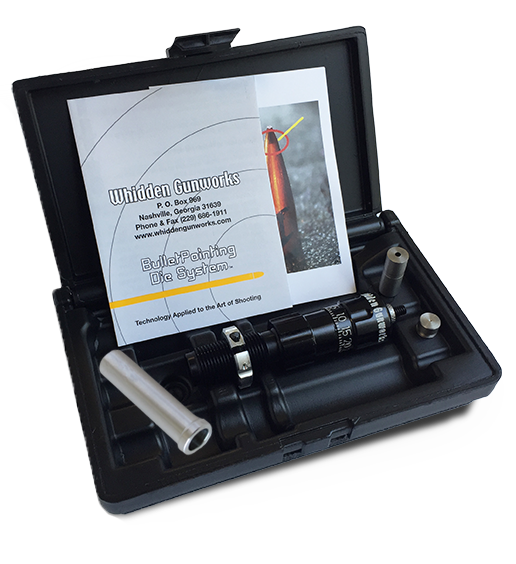Hello everyone,
I am currently working on loading .308 with 175gr Sierra Match King bullets on a Dillon RL550C and Dillon's .308 dies.
I am noticing that my OAL after seating is varying and I suspect it may be related to the imperfections at the tip of every SMK bullet influencing this. My goal OAL is 2.800in, however I am getting the following lengths on the last 5 test runs:
2.799
2.806
2.789
2.800
2.805
I understand that a variation if +/- .005in should be expected for OAL, however I do notice that the measurement can change with where I decide to measure from the tip of the bullet the tips are often slanted with high points and lower points.
So in essence I have 3 questions:
1. Is this bullet tip variation and OAL variation something I need to worry about, or should I accept this range and be satisfied so long as the average is around 2.800?
2. I am not crimping since this will be going into a magazine fed bolt action rifle and my understanding is it won't be necessary in this use case - do you crimp in your mag fed bolt actions?
3. The completed cartridge does not fit into the case gauge post-seating without a crimp however will fit in my chamber fine. This is to be expected right?
Thanks in advance!
I am currently working on loading .308 with 175gr Sierra Match King bullets on a Dillon RL550C and Dillon's .308 dies.
I am noticing that my OAL after seating is varying and I suspect it may be related to the imperfections at the tip of every SMK bullet influencing this. My goal OAL is 2.800in, however I am getting the following lengths on the last 5 test runs:
2.799
2.806
2.789
2.800
2.805
I understand that a variation if +/- .005in should be expected for OAL, however I do notice that the measurement can change with where I decide to measure from the tip of the bullet the tips are often slanted with high points and lower points.
So in essence I have 3 questions:
1. Is this bullet tip variation and OAL variation something I need to worry about, or should I accept this range and be satisfied so long as the average is around 2.800?
2. I am not crimping since this will be going into a magazine fed bolt action rifle and my understanding is it won't be necessary in this use case - do you crimp in your mag fed bolt actions?
3. The completed cartridge does not fit into the case gauge post-seating without a crimp however will fit in my chamber fine. This is to be expected right?
Thanks in advance!





